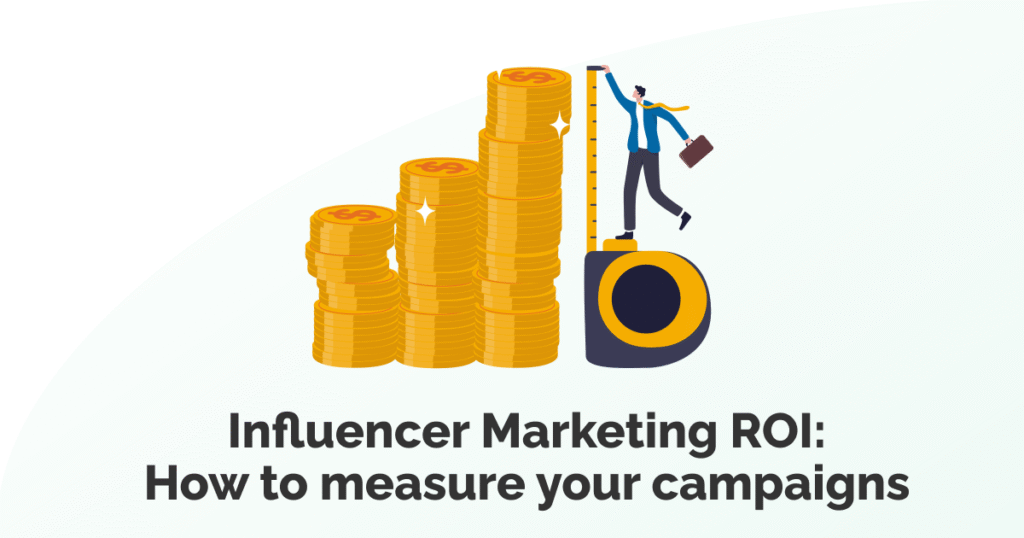In a nutshell, influencers are people who most buyers would consider “average.” They tend to live on social media and use it to share their life, experiences, and advice. The most effective internet influencers have a following of loyal followers who see them as experts in their field.
Influencer marketing is when a company works with an online influencer to promote one of its products or services, or to raise brand awareness. An influencer is compensated, given a product, or given a trade in exchange for endorsing the company to their followers.
Influencer marketing is so powerful that it is often regarded as one of the only marketing channels that has risen in popularity (rather than dropped) since the start of the COVID-19 pandemic.
The place was growing congested as a result of the lack of regulation. It was getting increasingly difficult to tell what was fake and what was true on social media.
According to a 2019 investigation into the rise of social media bots, many influencers were buying phoney followers to inflate their prominence and appear more influential (and pricey) to brands.
Ethical difficulties have surfaced, such as presenting personal, but ultimately fictitious, health problems and treatments for the purpose of self-promotion.
Here is how these new rules of Influencer marketing will help in keeping a level playing field.
1. Qualification and selection
To establish authenticity, the business or marketer must have access to the influencer’s audience demographics and details. Brand relationships must also be disclosed by the influencer. The influencer must also go through a brand screening procedure to guarantee that the brand is safe and genuine.
It’s a necessity to use the hashtag #ad.
2. Publicity disclosure
It is forbidden to deceive, mislead, or make false statements in the posts. To let followers know that the endorsement is part of a collaboration, all posts must include the hashtags #Ad or #Sponsored.
If the influencer is using a video platform to represent the brand, it must be declared within the first 30 seconds of the video.
It is recommended that a valid and binding contract be entered into between the brand/intermediary and the influencer for each influencer marketing campaign.
The suggested areas included cover:
- Intellectual Property Rights – creation, usage, moderation and review
- Reputation and brand safety
- Legal or industry code compliance
- Remuneration.
3. Online and Offline work in a synergy
Beyond sponsored Instagram posts, brands and influencers are looking to other touchpoints, both online and offline, to creatively interact. While Instagram remains the most potent social platform for fashion influencer collaborations (according to Tribe Dynamics, it accounted for 86 percent of the total earned media value for the top 30 fashion companies in 2018), brands are attempting to establish a boundary between on- and off-platform activations.
Diversifying content touchpoints not only creates a sense of 360-degree integration between influencer and brand, but it also protects against the danger of a social media platform going down, whether due to a technical problem that results in a lengthy blackout or something more serious.







